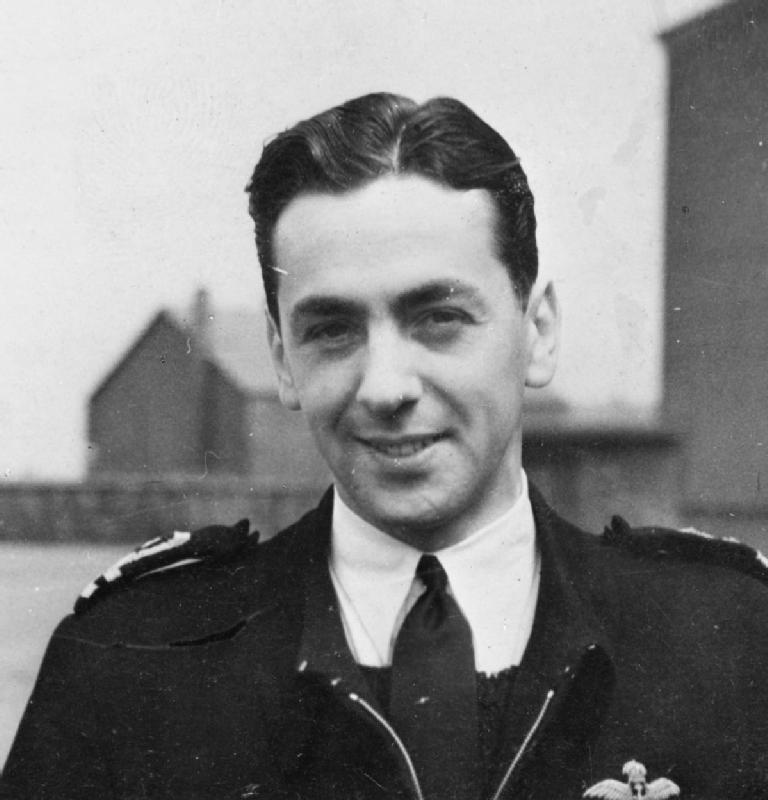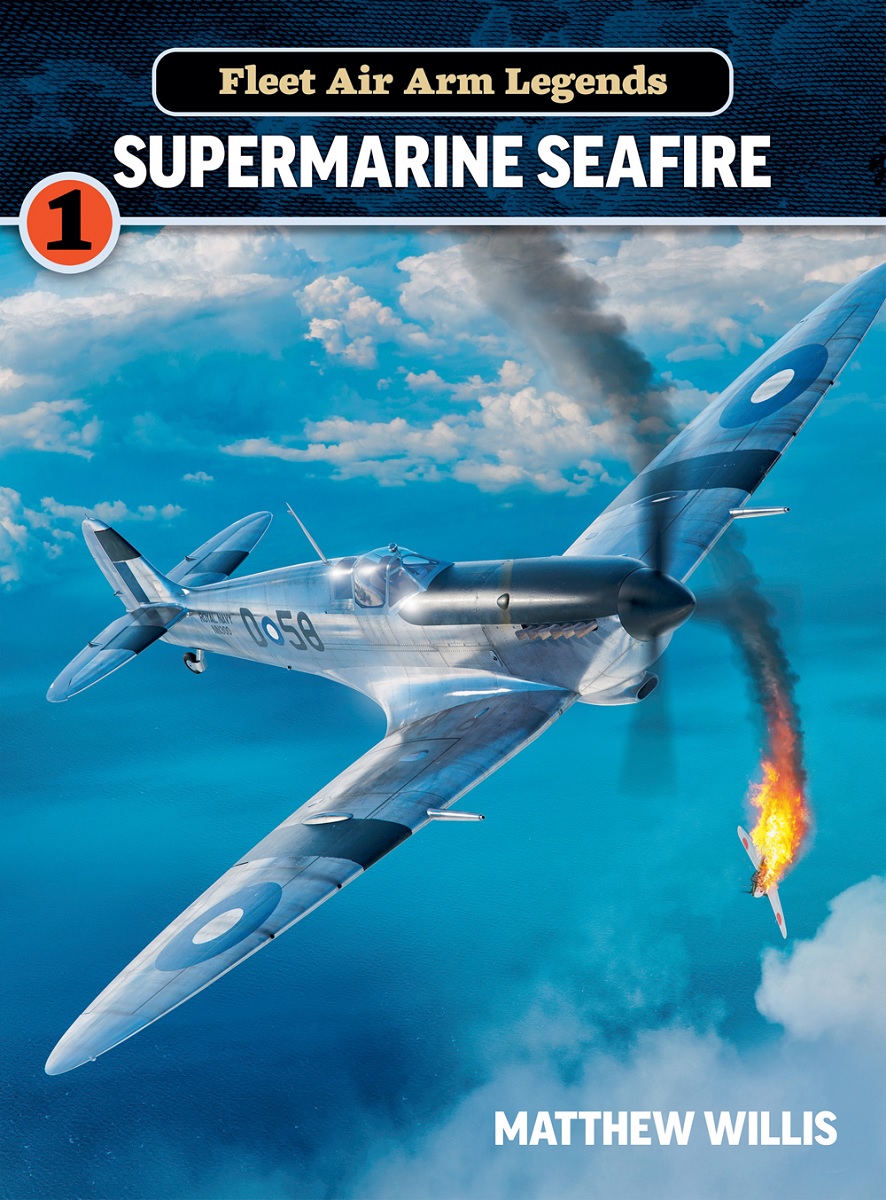Brown avoided the curved approach in favor of a landing technique known as the “crabbed” landing on most, if not all, of the Seafire carrier tests he conducted
The front-line Fleet Air Arm Squadrons were there when the naval version of the legendary Spitfire finally entered service after a long and occasionally challenging voyage. The Seafire was far from ideal as a naval fighter since it lacked endurance and was challenging to land on a carrier, but it gave the Royal Navy an interceptor with a superlative performance in the air, helping to turn the tables on the enemy as the Allies went on the offensive.
The Seafire saw action in Malaya and Korea while serving in the Second World War from the North Atlantic to Japan and into the 1950s. Captain Eric Melrose “Winkle” Brown, widely regarded as Britain’s greatest-ever pilot, conducted a significant portion of the Seafire’s deck landing assessment while at the Royal Aircraft Establishment and the FAA Service Trials Unit, according to Naval aviation historian Matthew Willis’ account in his book Supermarine Seafire.
Brown was chosen to conduct deck-landing trials on an escort carrier in September 1942, obviously with the impending invasion of North Africa in mind. Despite the carrier not being ready for deck landings, the wires not being raised, and the ship’s head not even totally pointed into the wind, as described in the book Wings of the Navy, he flew his Seafire Ib to HMS Biter and landed without any issues. Three months later, Brown used the L IIc to make many landings and takeoffs aboard HMS Activity.
According to Brown, the FAA was persuaded to switch all Mk IIs to the low-altitude variant by the Merlin 32-engined L IIc’s takeoff performance during these testing. Early in 1943, he served as RATOG. Later that year, in June, he conducted deck-landing tests with the Mk III, and in August, he conducted low-wind landing tests aboard HMS Fencer, Tracker, and Pretoria Castle according to conditions anticipated during the Salerno landings, which turned out to be accurate. Considering the difficulties encountered during that procedure. Brown conducted additional low-wind speed landing tests with strengthened, modified aircraft, this time on the HMS Ravager, slowing the ship down one knot at a time until his propeller eventually “pecked” the deck, and a different aircraft was required.

Brown eschewed the curved approach in favor of a technique known as the “crabbed” landing on the majority, if not all, of the carrier tests he conducted. He described it thus: “As I closed towards the stern, I swung the nose to starboard with the rudder, and counteracted the swing by putting on the slight opposite bank. In this way, I made the Seafire crab in sideways so that I had a view of the deck over the leading edge of the wing.” Brown, a skilled pilot with the ability to maintain the delicate balance necessary to fly obliquely, found that this strategy worked effectively since it would increase drag and allow a slower landing speed. The technique, however, was criticized as being too challenging for the typical service pilot to understand. Jeffrey Quill recommended that “Pilots had to be trained to employ a curved approach to the deck as the crabbed approach was acceptable only for skilled and experienced pilots.”
Brown was appointed Chief Naval Test Pilot of the RAE in 1944 after his predecessor perished while attempting to land a Seafire aboard a carrier. In October/November 1944, Brown performed the Mk XV’s initial deck landing before collaborating with Quill on the type’s deck landing trials.
Brown has been erroneously associated with the controversy surrounding the Seafire’s service use approval and its ensuing career of accidents. Henry “Hank” Adlam of the Fleet Air Arm was harsh in his criticism of Brown for approving the Seafire for service usage and for recommending the “crabbed” landing method. The Seafire was in fact certified as suitable for deck landing by Lieutenant-Commander Bramwell, and the ‘crabbed’ approach was never recommended in favor of the curved one.
Similar to many FAA pilots, Winkle thought the Griffon-engined Seafire behaved brilliantly in the air but had significant limitations as a deck-landing fighter. He called the Seafire “sheer magic.”

Supermarine Seafire is published by Mortons Books and is available to order here along with many other beautiful aviation books.
Photo by Imperial War Museum via Wikipedia

